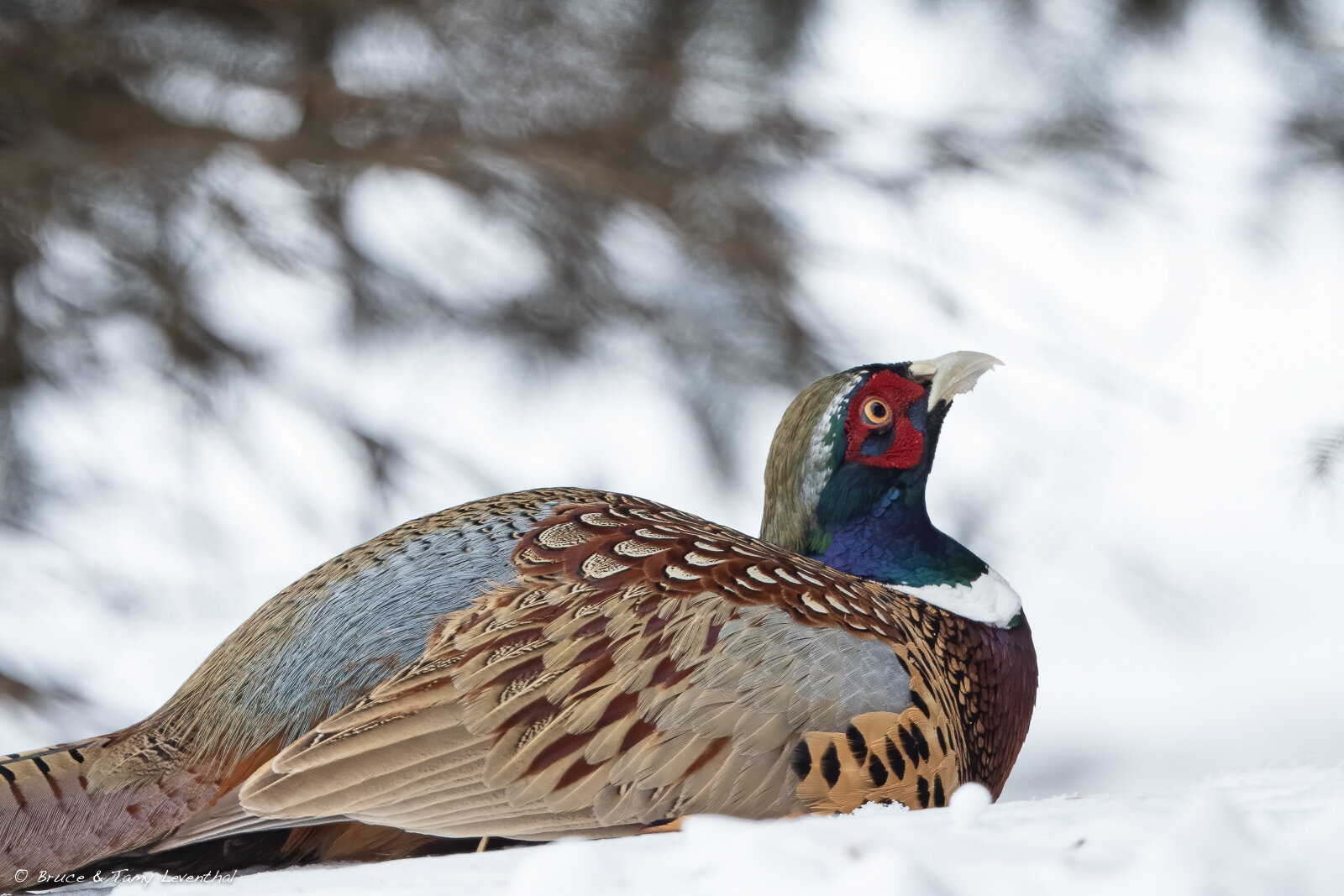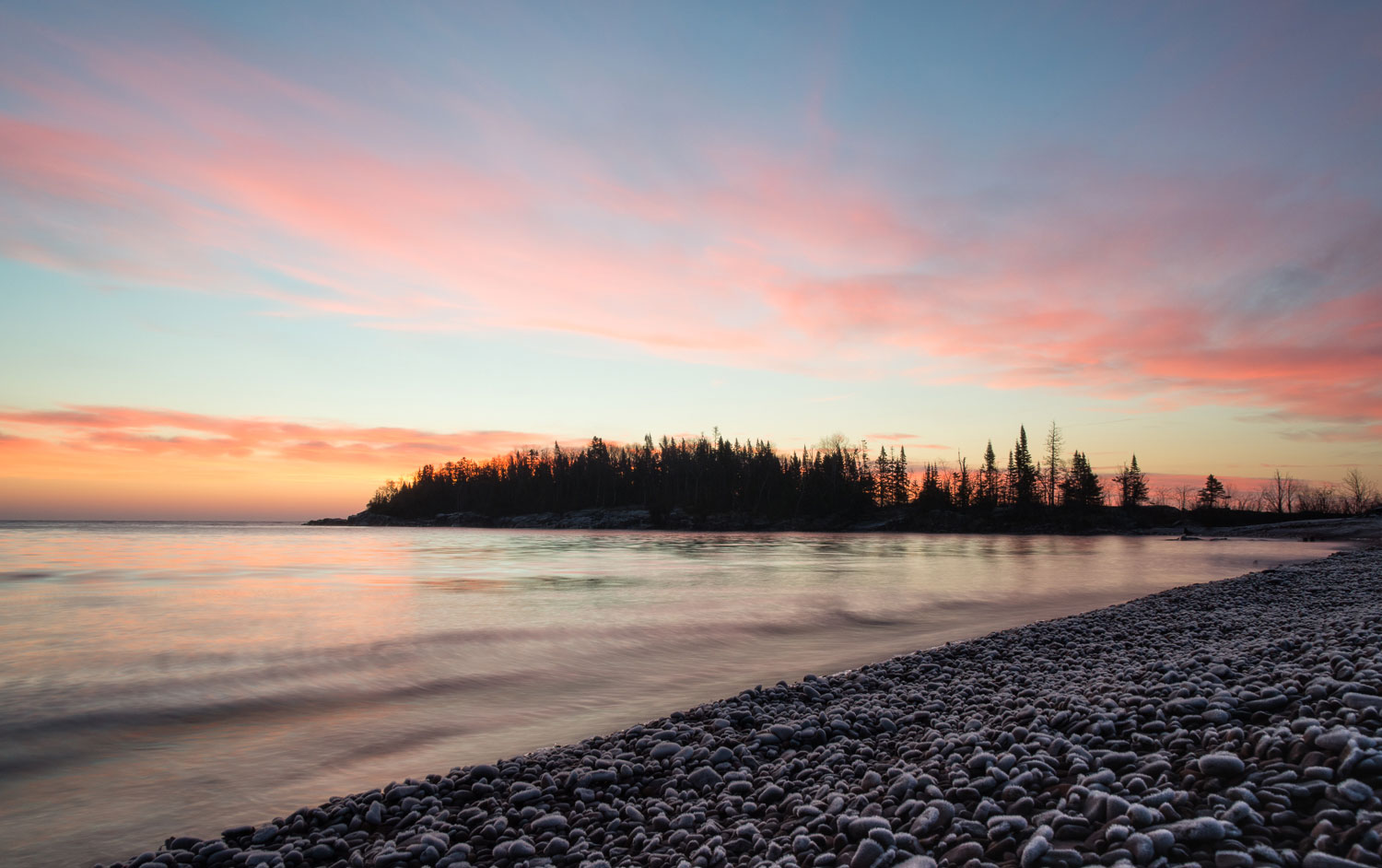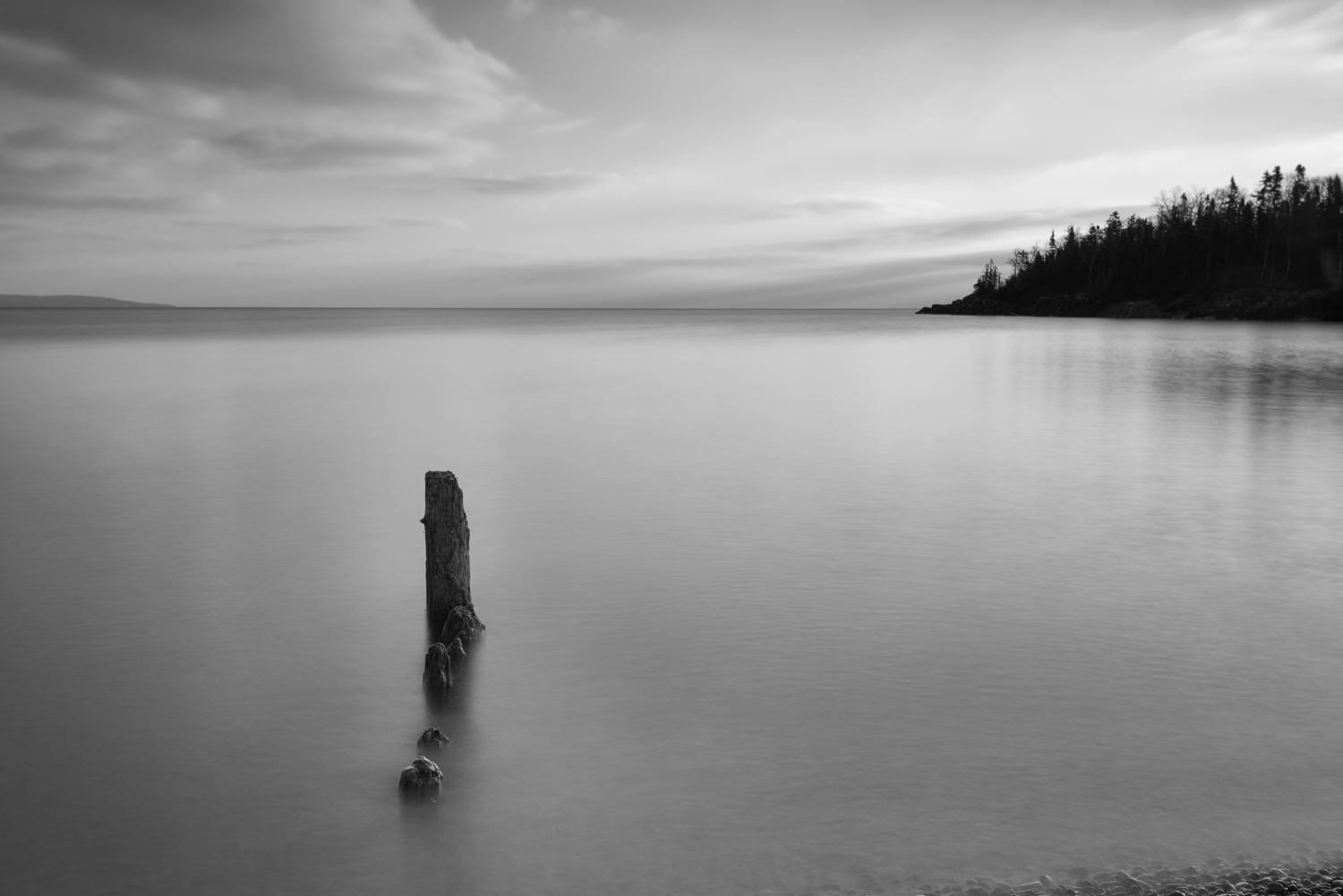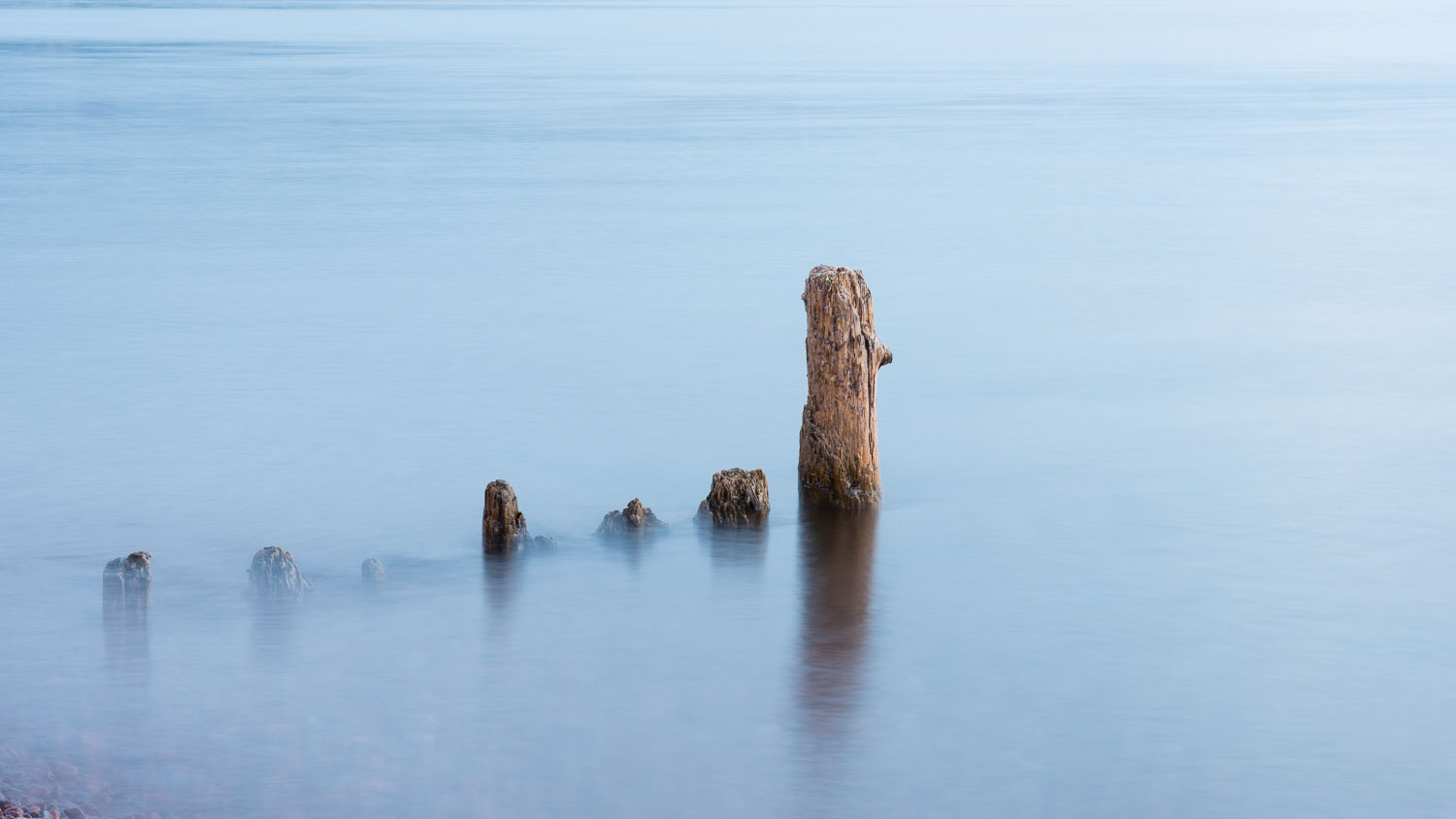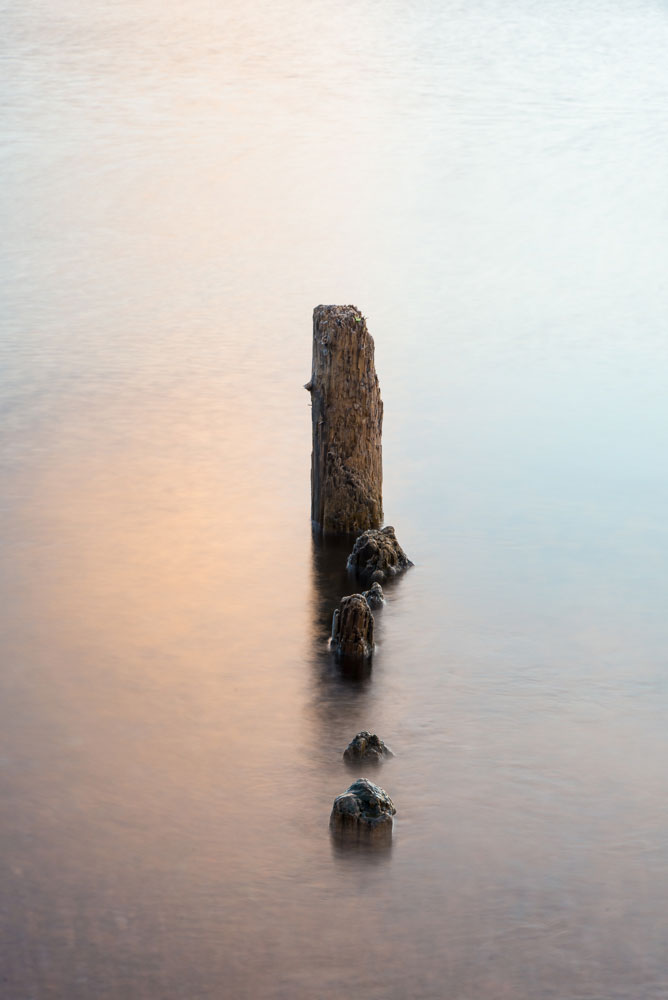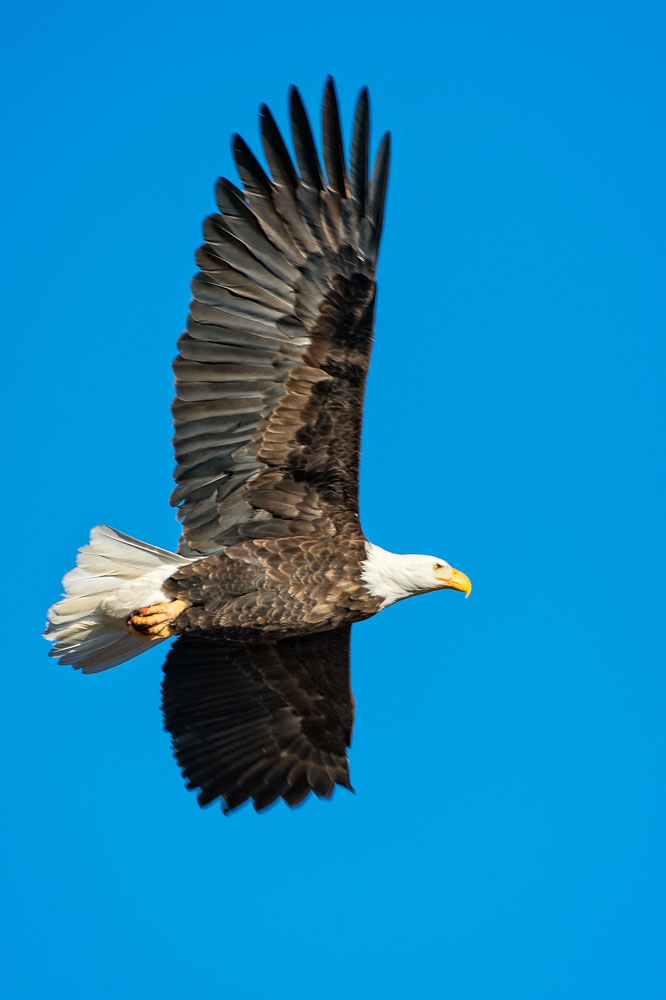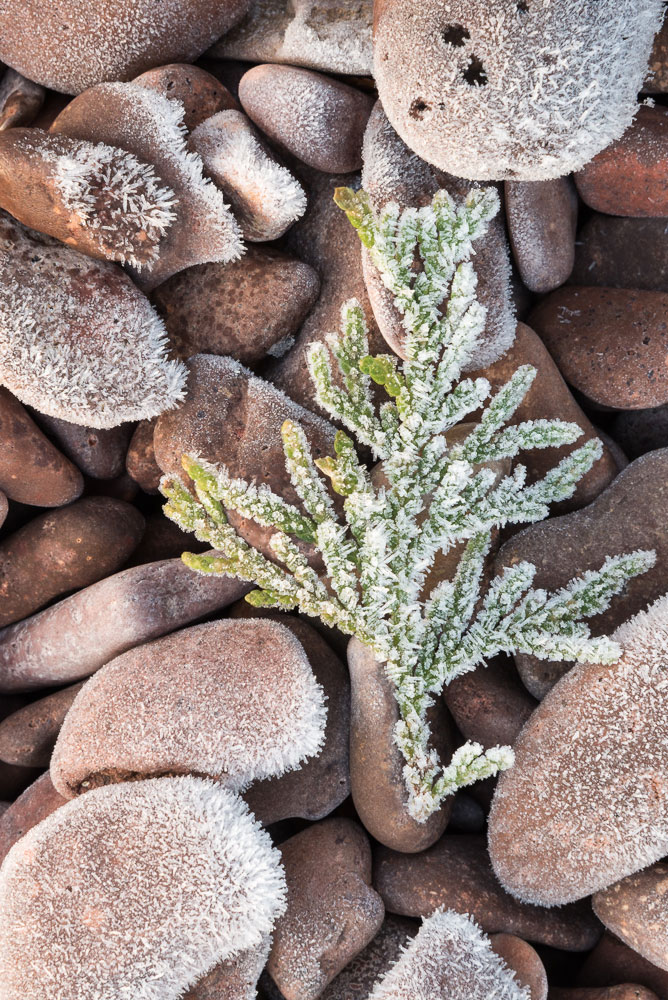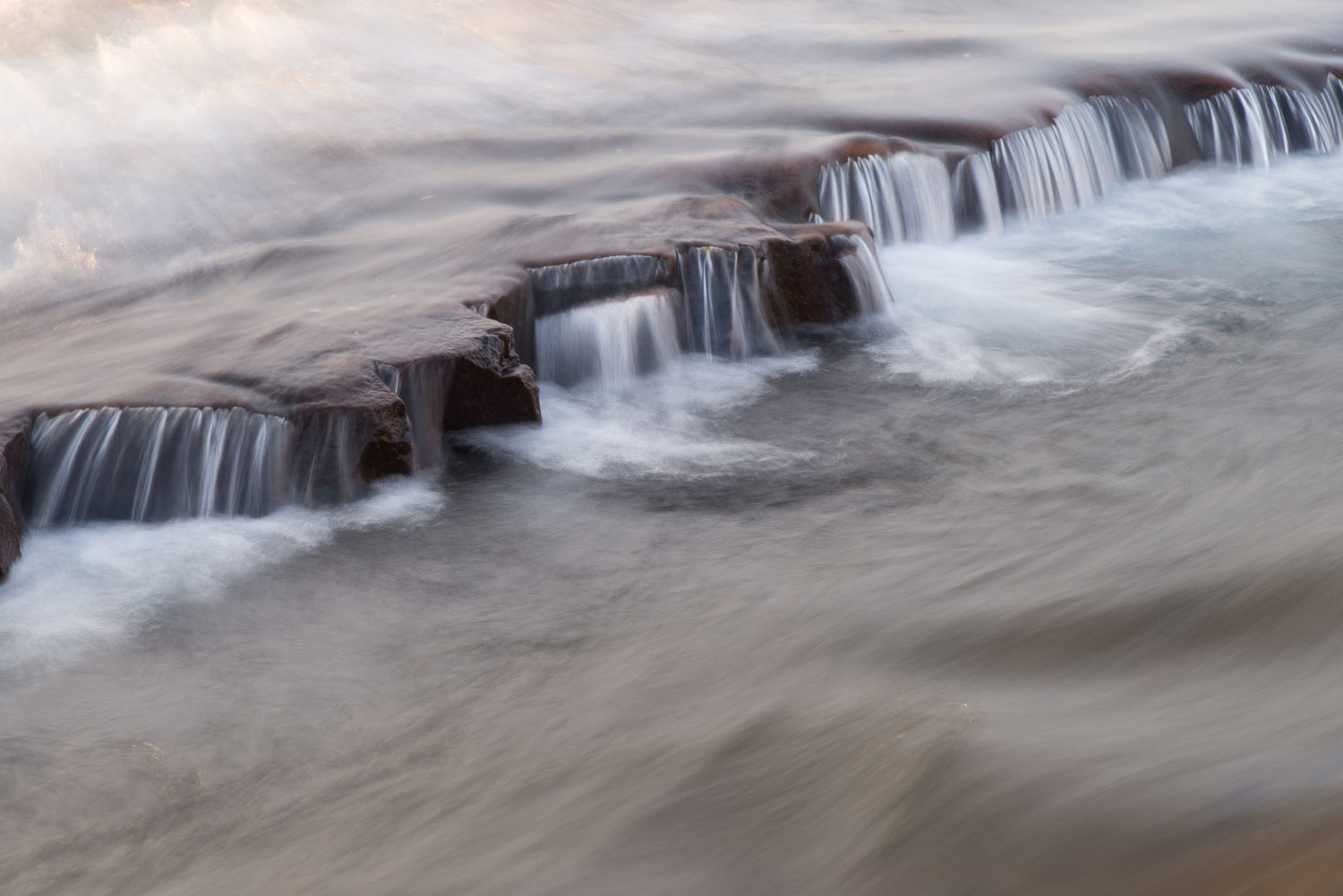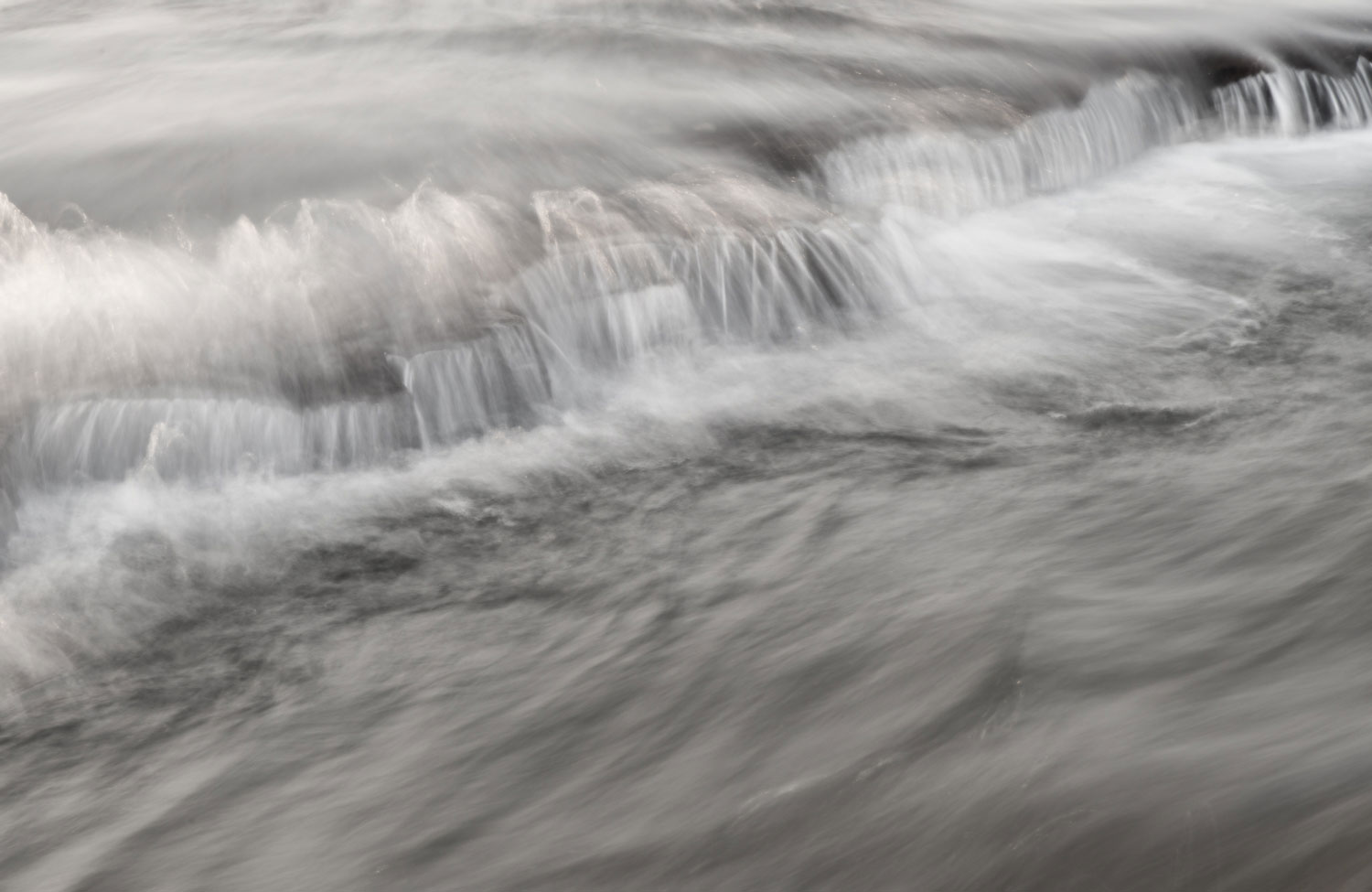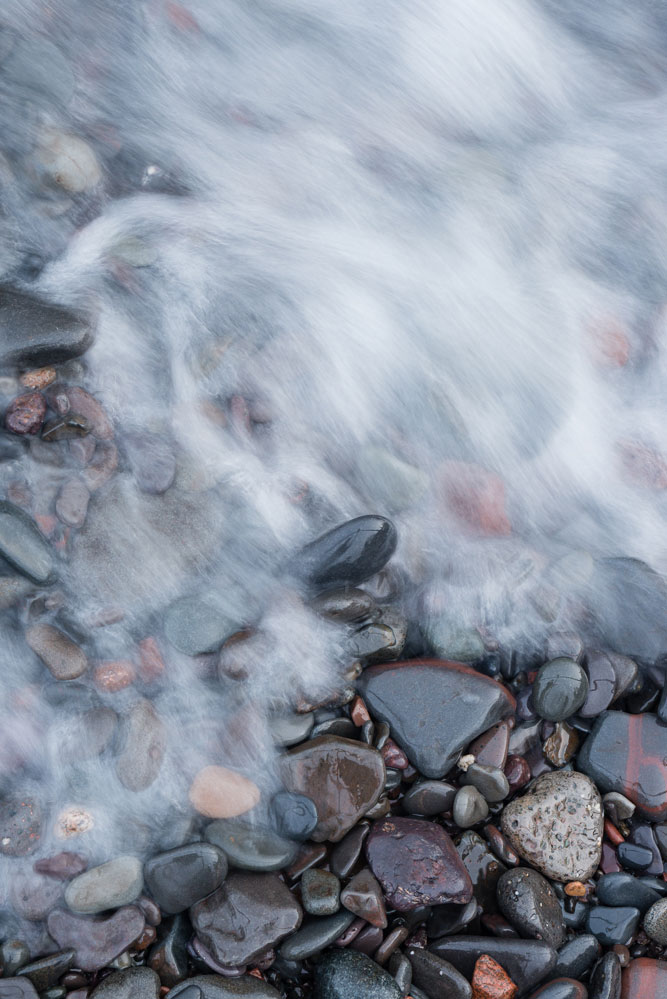The pandemic caused by the coronavirus Covid-19 has altered humanity in ways that history will document, describe, and analyze for years to come. At some point, I hope to share my thoughts about the virus, the political miscalculations, and its contributions to civil unrest. While I have not been journaling on a regular basis, I have been keeping a running reflective dialog about my own feelings, my “biological intuition,” and the way the virus has disrupted education. I’ll set aside these thoughts for another time, as I would like to share a diary of sorts that focuses on the nature photography I have done in spite of the pandemic.
Pheasant Walk
In November 2019, I made numerous wildlife travel plans for this spring. In March I was slated to kayak with sea otters along the Pacific Coast, and photograph bobcats and elk at Point Reyes National Park. In April I had made plans to pursue landscapes along the North Shore of Lake Superior and photograph prairie chickens in Northwest Minnesota. May included a trip to Washington State where I intended to photograph sea stacks on the Olympic Peninsula and fox pups on the channel Islands. All of these plans were canceled due to national and statewide lockdowns, unsafe travel conditions, and my fear of viral exposure and transmission. As result, I spent March through mid-May photographing wildlife and landscapes within twenty-miles of my home. Rather than sharing my work chronologically, I have decide to focus on a few species that have captivated my attention and my lens.
Technicolor Pheasant
Following a late March and April snowstorm, a male ring-necked pheasant discovered the cracked corn and sunflower seeds at my bird feeders. Because I live in a high density condominium complex, this pheasant was an unexpected visitor. What’s more, photographing it became a fun challenge. The bird was easily spooked by people and dogs, all of which are common in my community. Furthermore, physical structures like buildings, fire hydrants, and cable boxes are strategically placed to make wildlife photography nearly impossible. Despite these obstacles, I developed a plan and routine for photographing the pheasant. The key elements were snow and my mini cooper. I relied on snow to hide the ubiquitous grass and isolate the pheasant from all of the artificial artifacts. Furthermore, the snow served as a wonderful contrast to the brilliant colors and feathers adorned by the bird. During these four days of photography, my cooper was my blind. Despite the close proximity of the pheasant, shooting out my window or screen door would startle the pheasant and make photographing it impossible. Because the car lacked a recognizable form and obscured my lens, I could use it as a way to hide. To make these images, I would drive out of my garage, coast past the bird a few times, and then kill the engine. The low profile of a cooper and elevated lawn allowed me to get a near-parallel point of view. As a result of staying home and looking for something to photograph, I managed to produce a unique portfolio of winter pheasants.
Pheasant Snow
©2000-2020 BTLeventhal.com / Bruce & Tamy Leventhal. All rights reserved. No image on this site may be used without permission.


